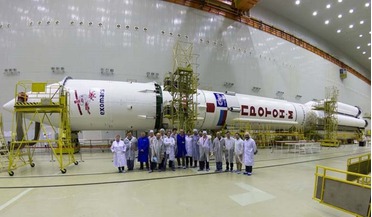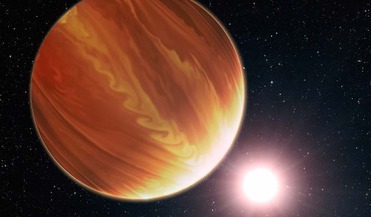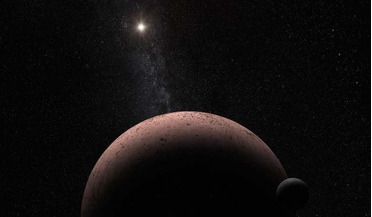 09 February 2016
Are Earth-like worlds built like Earth?
09 February 2016
Are Earth-like worlds built like Earth?
... and mass, its composition is about one-third ice (mostly water ice but also ammonia and methane ices). The next step will to be determine if the extra-solar system these planets are detected in have...
 09 March 2016
Components of ExoMars 2016 come together in preparation of launch next week
09 March 2016
Components of ExoMars 2016 come together in preparation of launch next week
... are providing the proton rockets. The main objectives of the 2016 mission are to search for evidence of methane and other trace atmospheric gases that could be signatures of active biological or geological processes that are possibly...
 14 March 2016
And it's off! ExoMars 2016 launches successfully
14 March 2016
And it's off! ExoMars 2016 launches successfully
... perform detailed, remote observations of the Martian atmosphere, searching for evidence of gases of possible biological importance, such as methane and to hopefully answer the question that has been asked since people first laid eyes on the...
 26 April 2016
Sulphur chemistry could be the key to clouds on many exoplanets
26 April 2016
Sulphur chemistry could be the key to clouds on many exoplanets
... nitriles as the main compound in photochemical hazes, especially on warm sub-Neptune type worlds, but a lack of observed methane (CH4) on such planets has hindered this line of investigation. Not only that, but the first exoplanet...
 27 April 2016
Dwarf planet MakeMake found to have a moon
27 April 2016
Dwarf planet MakeMake found to have a moon
... small bodies made largely of ice. Indeed both Pluto and MakeMake are already known to be covered in frozen methane. Preliminary estimates of the moon indicate that it is in a circular orbit around MakeMake and thus completes a circuit around...
 17 June 2016
ExoMars' Trace Gas Orbiter Sends Back First Mars Image
17 June 2016
ExoMars' Trace Gas Orbiter Sends Back First Mars Image
... are expected to arrive on the Red Planet on October 19, 2016.The TGO will then map the sources of methane and other gases on Mars, while also acting as a communications relay satellite. The lander will test landing...